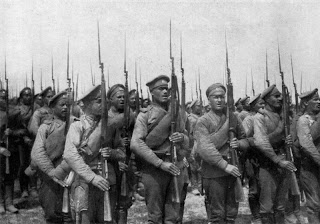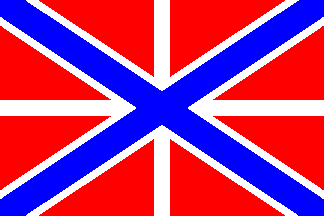Also, for weapons in use, most of the belligerents would have fewer machine guns than OTL as it was the Russo-Japanese war that caused many to upgrade the amounts of MGs in their unit structure.
The Brits would have the Vickers Mk I MG which in OTL was adopted in 1890 though redesigned following the Boer War so their's is still the original clunky design.
The Germans had the 1908 Maxim in OTL, now the Prussians probably have the Maxim 1901 if any, seeing as they haven't unified Germany.
The Russians have Maxim guns, and they actually should have an edge in MGs as they had large numbers compared to the Japanese in the Russo-Japanese war OTL.
The French have their 75mm artillery pieces(1897) and for their MGs either:St Etienne 1907 MG, which was a flop, withdrawn from service in 1916, or the 1905 Puteaux which also wasnt great(though of this one I don't know as much)
The A-H have the Schwartzlose M1907 MG, a decent gun.
The US probably have the Maxim gun as well, in OTL they used the Vickers like UK.
I don't believe the Japanese have a machine gun officially in use in their army at this time.
The Serbs, Bulgarians, and Montenegrans probably use the Maxim gun or the Schwartzlose obtained from A-H or Russia, don't know how you want to work it now but Bulgaria was main Russian ally in Balkans before 2nd balkans war, then it became Serbia.
The Ottoman army was in OTL modernized by the Germans, if we assume the French took over this role, then they have French equipment, pity them in every department except 3 inch artillery!(jk)
Also, in OTL the French shared their recoil-less tech only with allies, so probably A-H and the Turks have those as well, meaning the Entente has the advantage in small bore artillery on all fronts; with OTL Germans having the firepower advantage with more heavier guns, does this follow to the Prussians, Krupp, etc?
At this time frame most armies except the Russians and the Brits, maybe the French, are simply lacking in MGs and thus the battlefields should be slightly more flexible.
Hope this helps

keep up the good work







